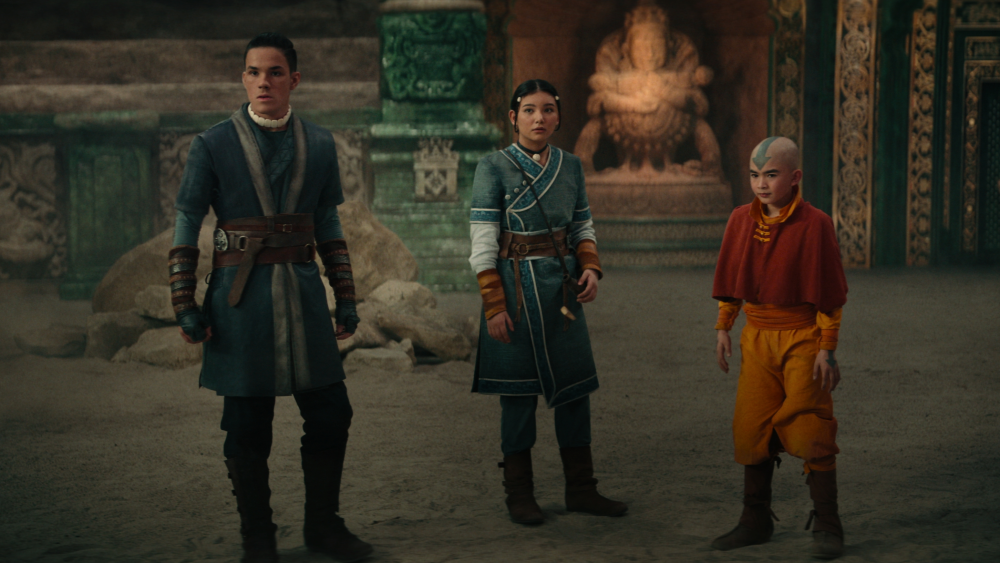In recent years, adapting beloved animated shows into live-action formats has gained far too much momentum in the entertainment industry. From childhood classics such as “Avatar: The Last Airbender” and “The Fairly OddParents” to modern favorites like the recently ordered live-action adaptation of Disney’s “Moana,” major studios have been quick to capitalize on nostalgia by bringing these animated worlds to life on the big screen. Even though there is a lot of excitement surrounding these projects when they are first announced, it’s becoming increasingly evident that many of these adaptations are ultimately unnecessary and often fail to capture the magic of their animated counterparts.
One of the primary reasons why live-action adaptations of animated shows fall short is the loss of the unique artistic style and creativity that defines the original animation. On Thursday, Feb. 22, Netflix released a live-action adaptation of Nickelodeon’s classic series “Avatar: The Last Airbender” that remade the show’s first season. Although the adaptation is visually stunning, the heart of the original series has been lost with the introduction of live-action characters. The visual aesthetic of the original series and its animation allowed for much more creativity. When these shows are adapted into live-action formats, they often lose the magic and charm that made them special in the first place. This results in a diluted and uninspired portrayal of the original material.
A fundamental flaw with live-action adaptations is that they exist for the purpose of recreation rather than genuine storytelling, which leads to the inevitable comparison between the animated and live-action versions and, of course, the disappointment that follows. This is where we enter a weird zone of “why does this exist, and what purpose does it serve?” where producers and filmmakers feel obligated to deliver a faithful adaptation to not piss off audiences and fans. As a result, live-action adaptations frequently feel like imitations of the original rather than something that can stand on its own and be a piece of media with a unique identity.
Adaptations often try to draw in new fans for a franchise or property but fail at doing so by being low quality. For fans of the original animated series, the live-action adaptation may fail to live up to their expectations, and on the other hand, newcomers may find themselves disconnected from the story and characters. This dynamic between new and old fandoms usually leads to disappointment on both fronts, failing to satisfy either demographic and ultimately torpedoing the success of the adaptation.
Look at the live-action adaptation of “The Fairly OddParents,” for example. Not only were fans of the animated original disappointed by the low quality of the new adaptation, but there was no foundation for a new audience to be created since the product that was being put out was not well received.
The sheer number of live-action adaptations in recent years has resulted in a massive saturation of the market for live-action adaptations, begging the question of if we should even continue to keep creating these products. Nostalgia is the cop-out way to ensure an easy cash grab with low effort from the studio’s end.
While the idea of bringing beloved animated shows to life in live-action is good in concept, the reality is that many of these adaptations are completely unnecessary and fail to capture the magic of the original material. Instead of chasing nostalgia, studios should focus on creating new and original stories that can stand on their own.
PHOTO COURTESY OF VARIETY









